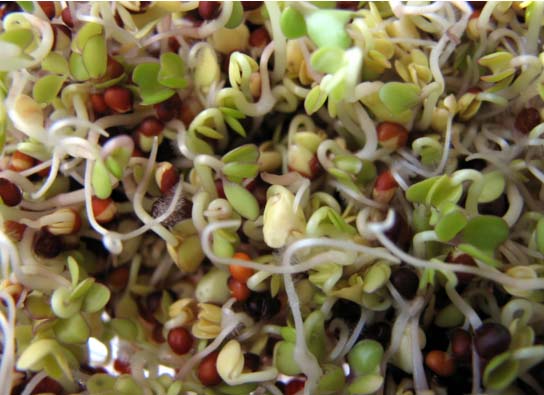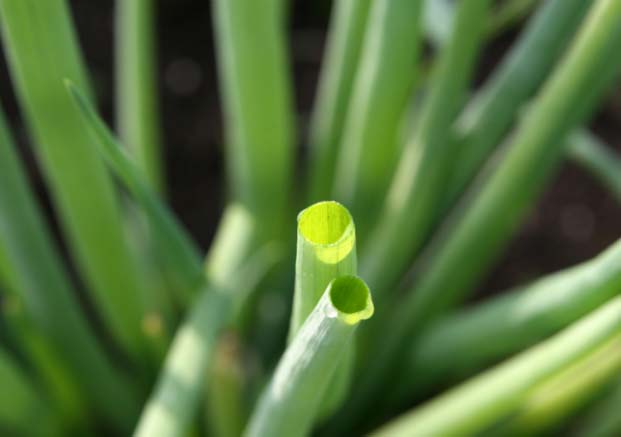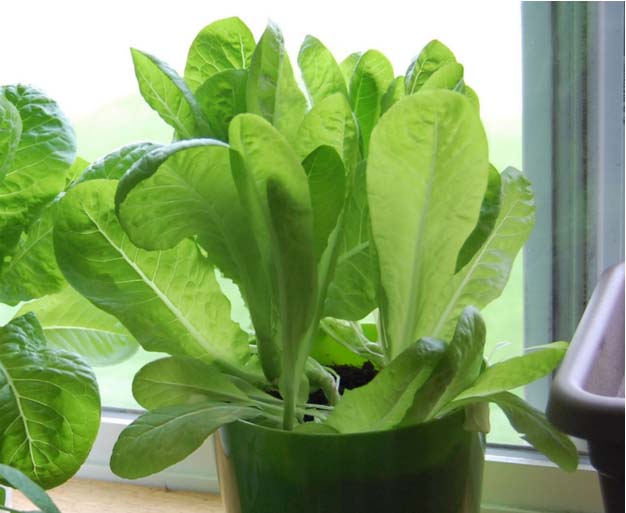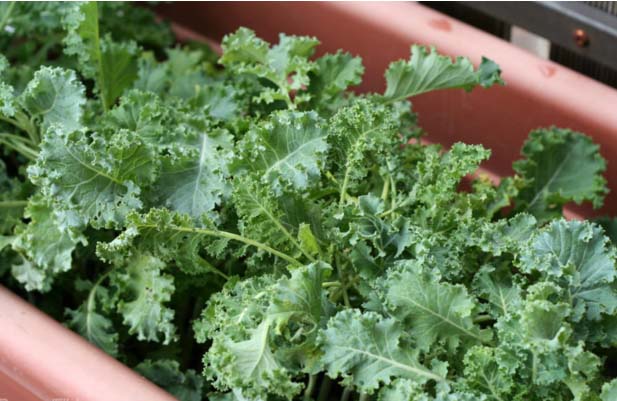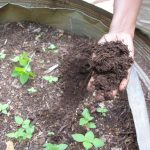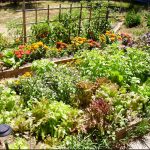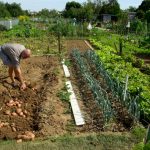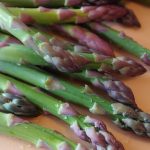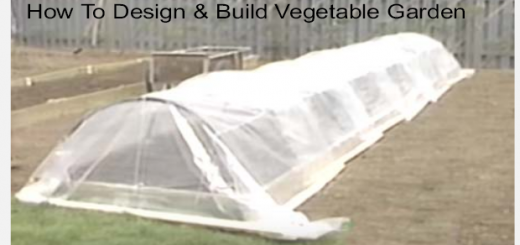8 Edibles You Can Grow Indoors in the Winter
Table of Contents
Do not stop gardening just because it’s winter time. Put your green-thumb to work by cultivating these vegetables and fruits at home.
It’s this kind of sad situation that renders the home gardener jobless as he puts his summer garden beds to a rest. And also for those who have been able to get hold of the “the bug”—the unsatisfied, indisputable having the desire to conjure up greens from the soil—a long winter can feel like an intense anguish.
Fortunately, there are other several foods that could be grown even in the dead of a cold winter. Here are a few of veggies that could be grown during the winter period; they are also our favorites.
1. Sprouts
How to Grow: Do you live in a windowless cubicle-like apartment where you find it difficult to see the outside world? You can still cultivate this crop called sprouts. Cover 2 tablespoonful of sprouting seed in a quart jar having a wide-mouth and filled with water. Let it stay all-night, then sieve the seeds through a fine-mesh sieve or cheesecloth (a sieve works better for tiny seeds). Return the seeds back into the jar, add a little amount of water and swish around to wash the seeds and sieve again. This process should be repeated twice daily until the first tiny leaves appear on your seeds. The duration is between three and seven days depending on the specie of seed.
Cautions: The biggest threat to sprout crop is mold. Make sure you rinse your sprout thoroughly at least two times in a day, and immediately they’re grown, keep them in the refrigerator for at most three days, wrapped in a soft cloth material preferably a paper towel.
How to Use: You could use them as sandwiches, put on top of salads or even throw into a smoothie. It could also be used as a garnish on creamy winter soups.
2. Scallions
How to Grow: This crop may be grown from the white root remnant after using the green straw. Just peel off the green part for cooking purpose. Be careful with the white part of the plant, make sure you don’t cut. Plant the root in a pot, fill the pot half way with loose potting soil. Create about 2-inch gap each between the roots. Cover the roots partially with soil; it will be better if the plants are peeking out a little. Scallions like a reasonable amount of sunlight, so place your pot near a window where there is sunlight. Keep the soil moist, but not wet.
Cautions: Ensure you leave a space, say, an inch backwards whenever you trim the plants so that they will keep growing well.
How to Use: Dip, salads, top tacos, and soup with sliced scallions. They’re also an ever-needed recipe in many Asian cuisines.
3. Salad Greens
How to Grow: Take a little break and start cultivating a fast-growing plants from a garden supply shop. Plant these crops in window boxes or pots with loose potting soil and place beside a window or under grow lights. Trim the leaves at the back as desired and always leave the center of the plant for continuous growth.
How to Use: Chop the greens into salads alongside nuts, pears, cheese, sweet potatoes and other winter foods.
4. Kale
How to Grow: Kale has the same planting method as salad greens. It needs a bit more space for growth, but take the leaves as offspring to lessen current needs for light and fertility.
Cautions: Do you intend growing kale alongside salad greens under grow lights? Make sure all the pots are of the same height receiving the same amount of light.
How to Use: Add to smoothies and salads, or mix with bean and meat stews for additional color and nutritional taste.
CLICK HERE FOR NEXT 4 EDIBLES …
Posts from the same category:
- Watercress-How To Grow It
- Winter Gardening in a Cold Climate
- 7 Fruits and Vegetables that You Can Grow in an Apartment
- How to Winterize Potted Strawberry Plants
- Getting the best out of your seed catalogs
